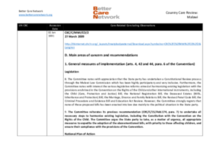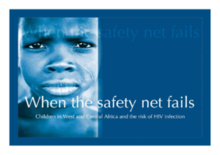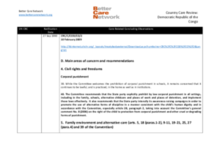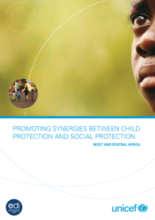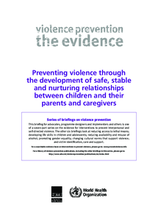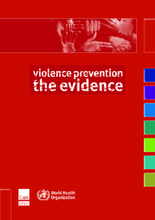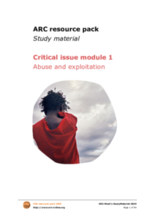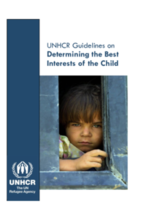Displaying 401 - 410 of 497
This country care review includes the care-related Concluding Observations adopted by the Committee on the Rights of the Child.
Study investigating the psychosocial impact of different high risk situations in West and Central Africa such as trafficking, ethnic cleansing, armed conflict or parental loss.
This country care review includes the care-related Concluding Observations adopted by the Committee on the Rights of the Child.
Focuses on children’s vulnerabilities and risks related to an absence of protection from violence, abuse and neglect, and the ways in which measures to address such vulnerabilities and risks can be more effectively integrated into social protection policy frameworks in the West and Central Africa region.
This module aims to support the development of skills and knowledge in relation to emergency aspects of working with children affected by armed conflict, and to provide information and links for those who require more detailed resources and guidance.
This briefing looks at the effectiveness of interventions that encourage safe, stable and nurturing relationships for preventing child maltreatment and aggressive behaviour in childhood. The focus is on primary prevention programmes, those that are implemented early enough to avoid the development of violent behaviour such as child maltreatment and childhood aggression.
This report brings together an eight-part series of briefings on the evidence for interventions to prevent interpersonal and self-directed violence. By spotlighting evidence for the effectiveness of interventions, the series provides clear directions for how violence prevention funders, policy makers and programme implementers can boost the impact of their violence prevention efforts.
This module aims to provide guidance on essential aspects of child abuse and exploitation, highlighting the main forms of abuse and presenting some possible action against it.
Provides a formal mechanism to determine the best interests of the child as a mechanism within a child protection system
Examines the challenges posed in monitoring and ensuring child protection in informal and formal fostering in post-conflict areas.

